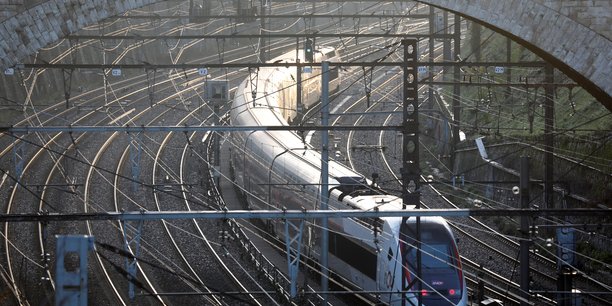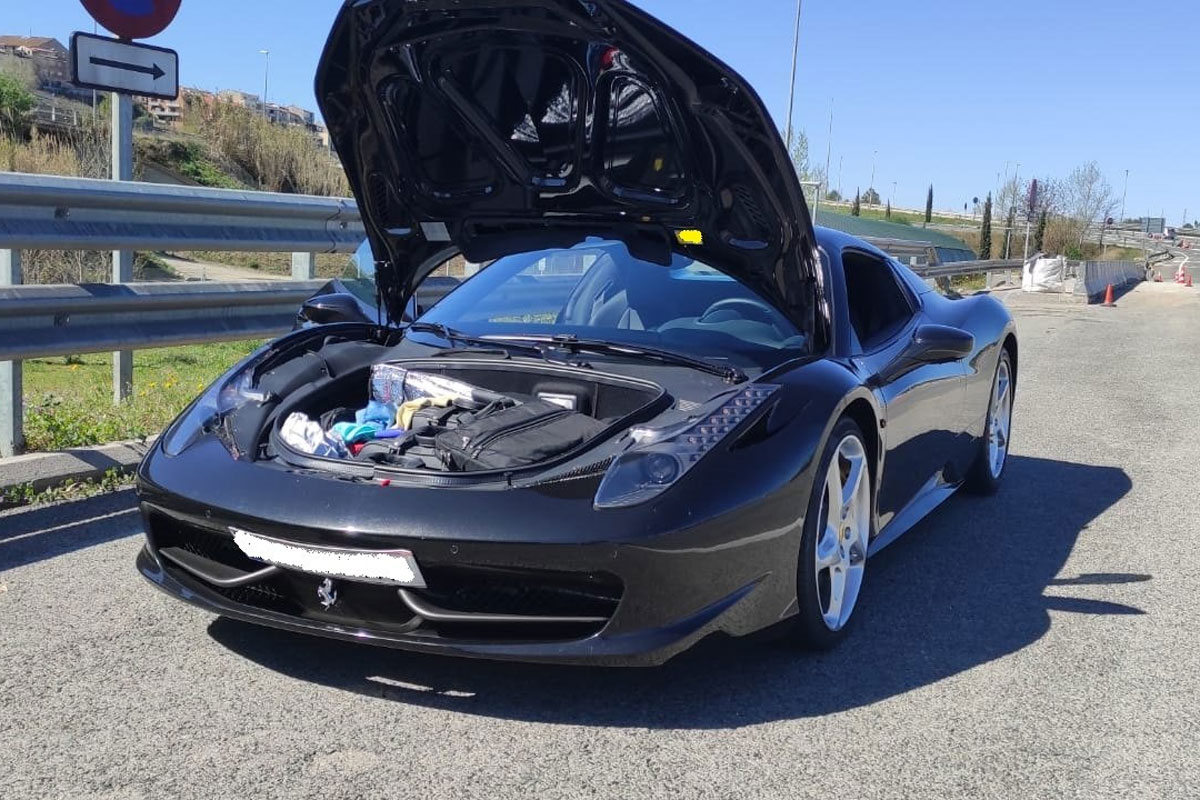
If the war in Ukraine has so far had no impact on SNCF traffic, this could have an impact on the results. The railway group is in fact the largest consumer of industrial electricity in France and is therefore confronted with rising energy costs. Its subsidiary SNCF Voyageurs alone, in charge of passenger transport, represents 10% of industrial consumption in France, ie between 1 and 2% of total French consumption.
According to Christophe Fanichet, CEO of SNCF Voyageurs, the planned consumption for the year 2022 is 95% covered with a purchase policy of two to three years in advance. But the impact was felt on the remaining 5%, with a spot purchase that “would cost several tens of millions of euros”.
The bill could rise much more strongly in 2023, with coverage of about 75 to 80%. The additional cost can then rise from a few tens to a few hundred million euros, given the current energy prices. Therefore, consideration is now being given to reviewing the procurement strategy to determine the best time to complete the hedge in 2023. The question should be decided in the second half of this year.
No increase in ticket prices
The boss of SNCF Voyageurs said this inflation of energy costs would have no impact on the price of long-haul tickets this year. And he indicated that several programs are now at work to reduce consumption without reducing the speed of the trains.
In 2021, the energy consumption of the entire group amounted to 16.4 terawatt hours (TWh), compared to 17.9 TWh before the crisis. Of this total, electricity represents approximately 9 TWh, mainly intended for rail traction. This provides SNCF with an annual electricity bill of approximately one billion euros, one of its main external expenditure items.
3.5 TWh only for TGVs
Of this total, SNCF Voyageurs uses 7 TWh of electricity to pull its various trains. The TGVs are the largest consumers with half the volume, while TER and Transilien each represent a quarter. Electricity thus contributes up to 87% to the energy used by SNCF Voyageurs for its rolling stock, the remaining 13% comes from diesel which powers some of the TER trains.
Christophe Fanichet also recalled the SNCF’s commitment to phase out diesel by 2035, with new battery and hydrogen trains or the use of sustainable fuels.



